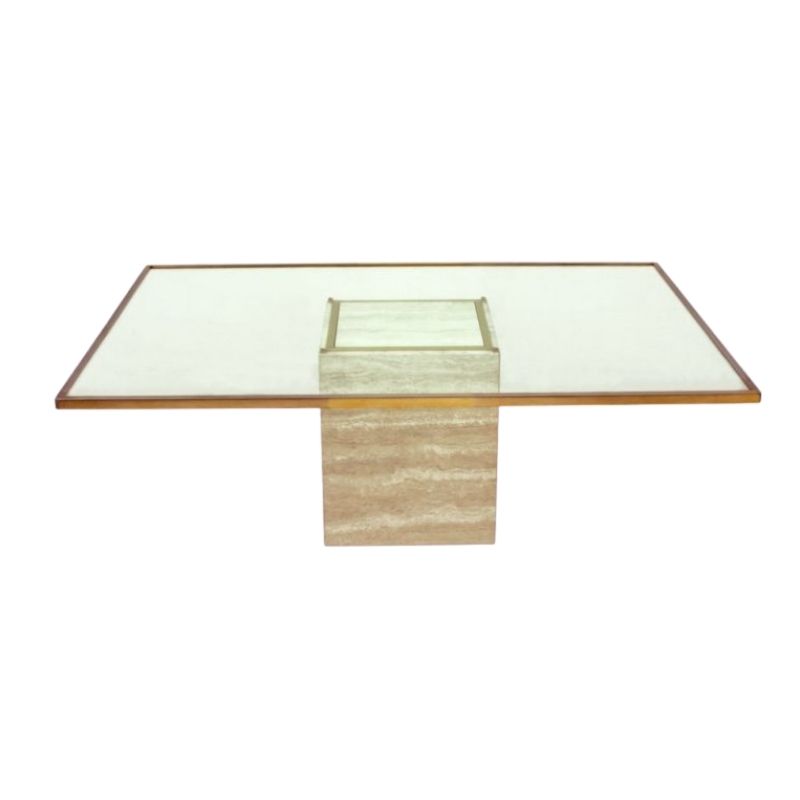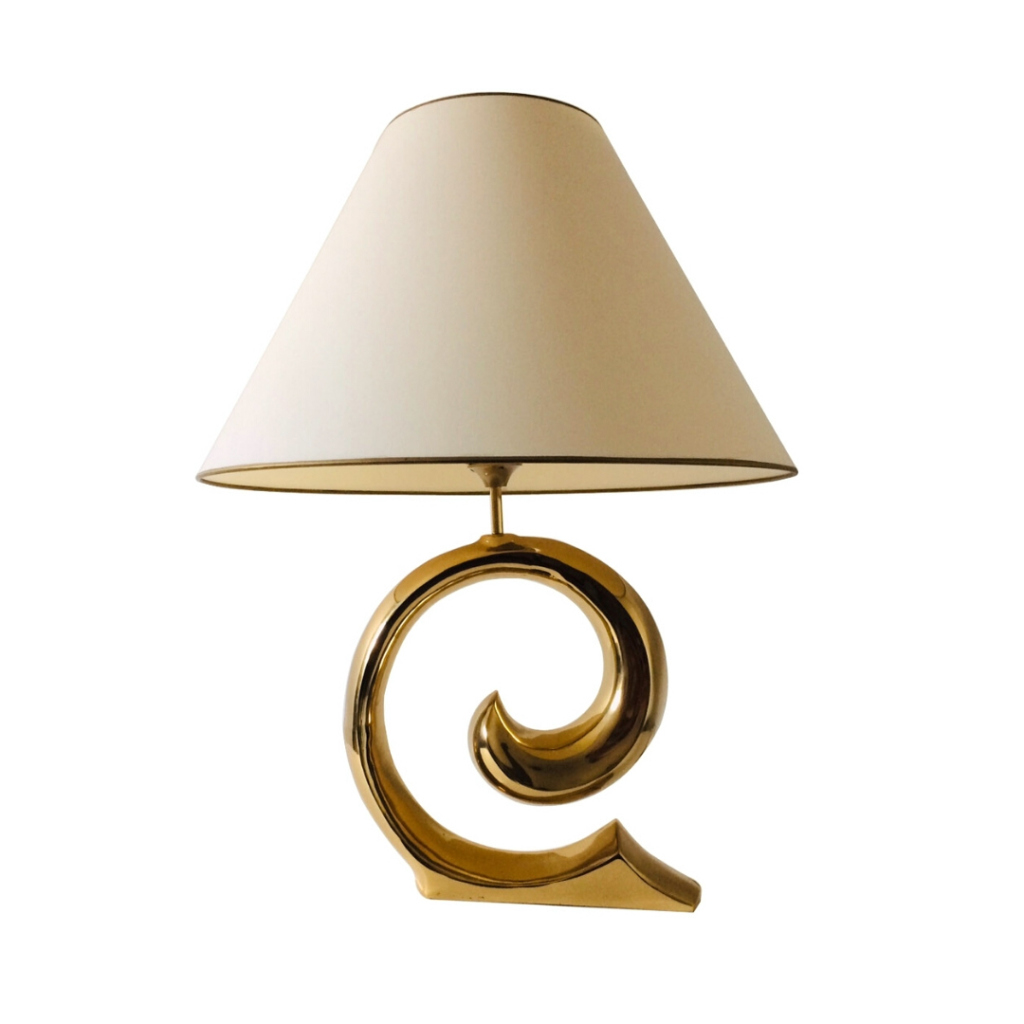Never do I feel a sense of bo...
Never do I feel a sense of boredom reading your comments dc. Theoretical pitfalls abound, really nice rugs just waiting to be pulled out from under my feet.
It was just a thought, more or less. Even more interesting, I think, would be to look at the evolution of art continent to continent, prior say to 1980 and the encroachment of the web. If we are talking about surges, spikes in the intensity or direction of a genre, I think it would be a safe bet that one would generally see the most remarkable movements in regions least directly impacted by the horrors of war, stress, trauma. I would be very surprised, for example, if you see any significant evolution in the visual arts in Iraq in the next twenty years.
Although, finally, I would embrace an argument which plays upon my own biases, one that is reductionist in nature, one that would never deny the spirit of the individual to confront the world she or he faces with the most vital response possible. So in the long run, all bets are off. What doesn't kill you they say...
Contemporary...
art historians seem to be still very interest in Worringer's writings. There was still enough interest in his 1907 book (Abstraktion und Einfühlung)) to reprint it in 1948 and again translated and re-printed by International University Press in N.Y. in 1953, 1963 and 1967...so It might be a little bit early to write him off...
This being said, I think that the discussion about abstraction in general would be served by some basic distinctions. We have, I think, always known at least four historical forms of abstraction. The first one is of course the "abstract" part of any work of art, figurative or non figurative. Composition, balance of colour and form continuity and discontinuity of form and colour, are all abstract components of a work of art. Even representative art is judged more by these abstract components than by the narative or the quality of representation. Which is the reason why some artists of the same school and period are considered better than others. Neither Van Eijck, Da Vinci or Michelangelo, Giotto, Piero de la Francesca, Uccello, P.P.Rubens Rembrandt, Velasquez, Ingres, or Delacroix..to choose within figurative art..have survived the recognition of their own period because of the narrative or the quality of representation. Most of their contemporaries mastered those at least as well. It is their strength in the abstract elements of their art that has made them timeless.
The second form of abstraction is the abstract art that emerged when these elements started to made themselves independant from representation, a slow evolution that starts in impressionism and cubism, where a subject is still recognizable but less clearly and looses more and more of it's importance.... A "nature morte" is obviously a "dead" subject...This kind of abstraction leads directly into abstract romanticism and Pollack.
The third form of abstarction is it's most obvious form which is found in a great nember of civilisations and consist of using geometrical or other abstract forms. In Islamic art this is inspired by religion. (although the Coran does not litterally forbid the representation of all living beings, the traditionalist interpretation has been to be on the "safe" side of the profet's recommendations and that's the way it is applied) But here are numerous other sources of this kind of abstract art.
Last but not least the constructivist notion of abstraction (Malevitch etc. incl. Kandinsky, Albers and basically the Bauhaus is one of stepping back into formless and colourless space and starting to build "from scratch" a form language based on the understanding of simple forms first (Malevitch)slowly adding other elements and mouvement (Kandinsky) with the assumption that it would all lead to a more universal and objective understanding of form.
Koen, thanks for laying it out these 4 concepts...
Working with conceptual categories 2 through 4, one can again make an intriguing case for the Worringer/Hulme heuristic.
The long period of Technical Abstraction--the shorthand I'll use for your second category in which the emphasis in art drifts incrementally over a long period from portraying the object to portraying the technique of portraying the object--parallels the industrial revolution and related globalization of trade version 1.0--the 19th to the mid 20th centuries, among the most traumatic periods of societal change in western civilization.
And your Category 3, which I'll call Geometric Abstraction, bears your own example of the case of Islamic artists avoiding the wrath of a religious order by working in geometric forms--a fairly persuasive anecdotal example of the Worringer/Hulme heuristic. And of course there is considerable exploration of geometric form during the last half of the troubled 20th Century's architecture, though one may argue it is done within a framework of constructivist abstraction.
And your Category 4, which I'll call Constructivist Abstraction, certainly lends anecdotal evidence to Worringer/ Hulme, because it occurs in the shadows of WWI, the Russian Revolution, the great inflations of the 1920s, the Great Depression of the 1930s and the rise of totalitarianism in fascist, communist and even representative governments around the world.
But again, the Worringer/Hulme heuristic gets dicey two ways.
Pt.2
First, in the way I've already mentioned; that there are probably anomalous cases of more representational, less abstract art flourishing simultaneously. For one interesting example, because of the complexity of this issue that it lays bare, consider the retro-impressionist painting movement that flourished in America in New England (the Cape Ann school) and in the American southwest during the 1930s to 1960s--plein aire painters they are often called in casual reference, often persons trained in Europe who came to America to carry on a way of painting that was no longer considered avant garde, or even fashionable in Europe. In fact, they were a reaction to the advance of Technical Abstraction in New York and Paris. They were a large and talented bunch of artists who wanted to go back to (or at least resume) impressionism, much as today a certain group of designers wants to go back to (or at least resume) modernism. What does the Worringer/Hulme heuristic have to say about a movemment of technical abstraction that wants to digress to lesser technical abstraction even during some of the most traumatic phases of industrialization and globalization version 1.0? Not much. It would have to refer to it as an exception, thus limiting the "theory" and calling into question its methodological validity, predictive accuracy, and precision of estimation.
Second, there is still a problem of defining abstraction. If at the most fundamental level of, say painting, as your Category 1 suggests, are abstract, how much sense does it make, really, to call some paintings abstract and some not, some design abstract, and some not? Put another way, if its all abstract by a certain valid definition, what hope have we to draw more subtle distinctions among various kinds of abstraction without slipping into the quick sand of definition and selection bias?
I know I'm arguing the con side here of something I started out saying was intriguing, but I think it is necessary to introduce as much rigor as possible into the process when trying to work with heuristics straddling as much complex as Professor Worringer did once upon a time.
If you need any help, please contact us at – info@designaddict.com









